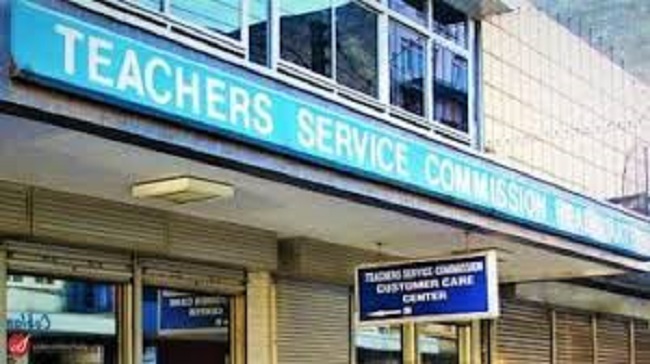Teachers and civil servants will lose Sh6 billion in hardship allowances after the government reviewed which areas are considered hardship zones.
Prime Cabinet Secretary Musalia Mudavadi explained that different groups use different boundaries to define hardship areas. For example, the civil service uses old district lines, while the Teachers Service Commission (TSC) uses educational zones.
As a result of this review, many teachers and civil servants will see cuts in their hardship allowances. The government plans to save Sh6 billion each year by reducing the total amount paid from Sh25 billion to Sh19 billion.
The review, which started in 2019, looked at how hardship areas are identified and how allowances are given to workers. Mudavadi noted that some areas previously labeled as hardship have improved significantly since the government changed its structure in 2013, leading to better access to services like water, health, and education.
The findings have been sent to the Salaries and Remuneration Commission to set new payment rates and to the Chief of Staff to start the official process of updating the lists.
The report also highlighted that not all workers in hardship areas receive the allowance, often due to unclear rules. Some regions within a county may qualify while others do not.
Currently, different public sectors have different lists of hardship areas: the civil service recognizes 16, the TSC has 44, and the Judiciary lists 21. This inconsistency has led to confusion and complaints, prompting MPs to discuss the issue in Parliament, with many saying the current classifications are unfair.
Nyando MP Jared Okelo asked a question on the issue last month, prompting calls for a proper review to reflect current realities.
Hardship allowances were introduced in 1969 to support officers working in remote and underdeveloped areas. These are regions that lack basic services like food, water, transport, communication, and health.
Mudavadi said the aim is to apply one clear policy across all arms of the public service, so the allowance can be shared fairly based on clear and current standards.
“The proposed harmonisation of the designated hardship areas in the public service” will guide this process, he said.
The move is expected to affect workers who have long relied on the hardship allowance, as some may lose the benefit once the revised regions are made public.





